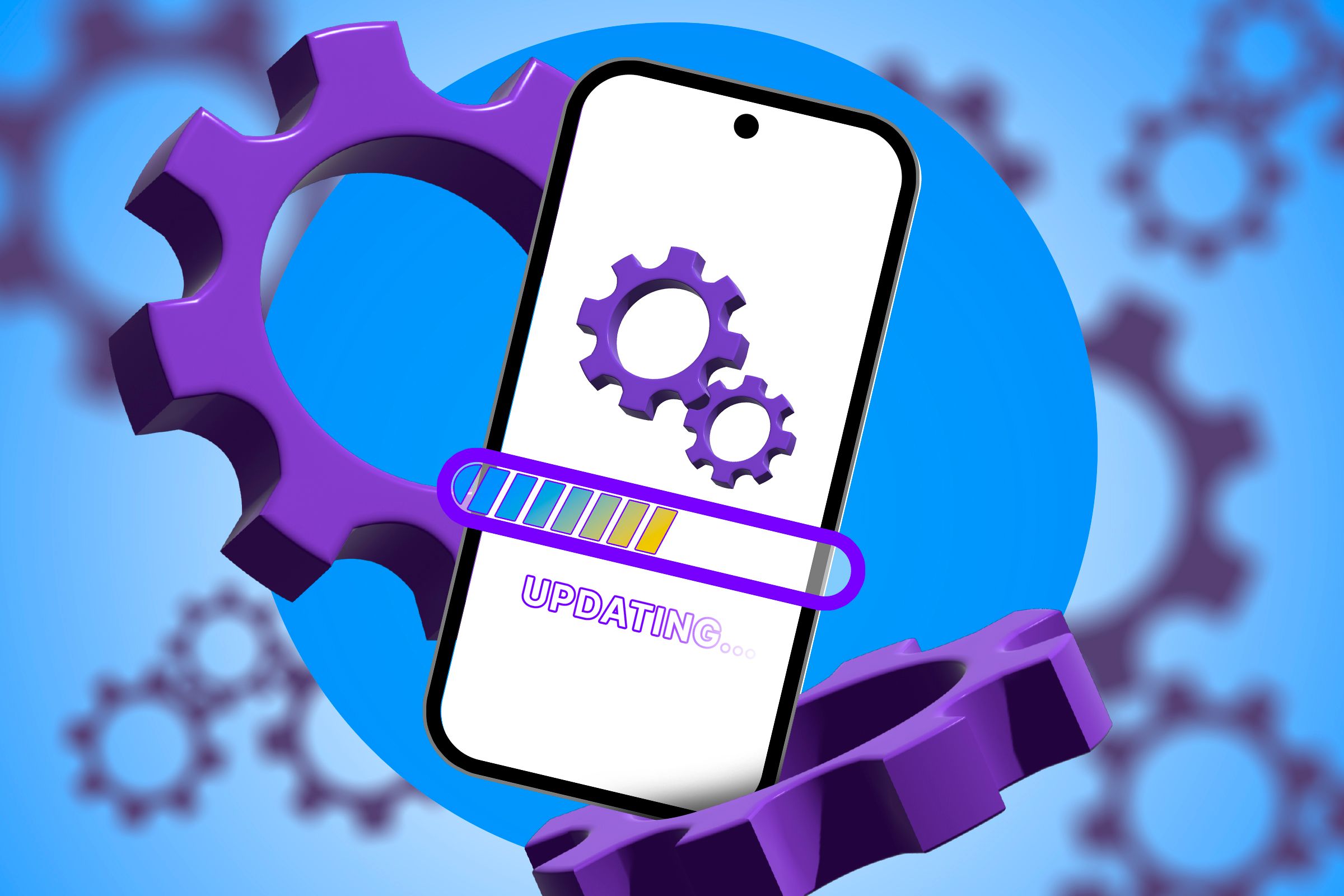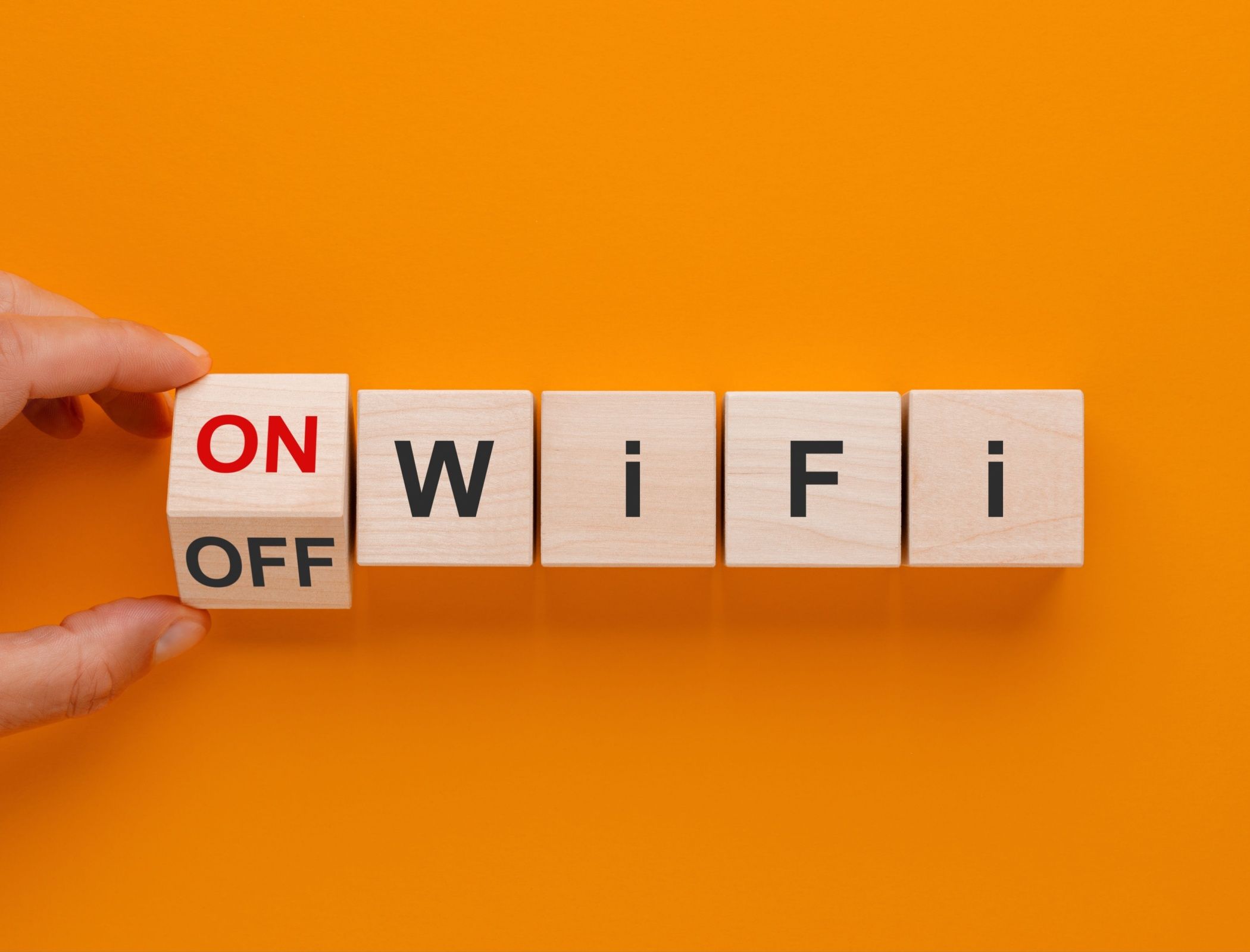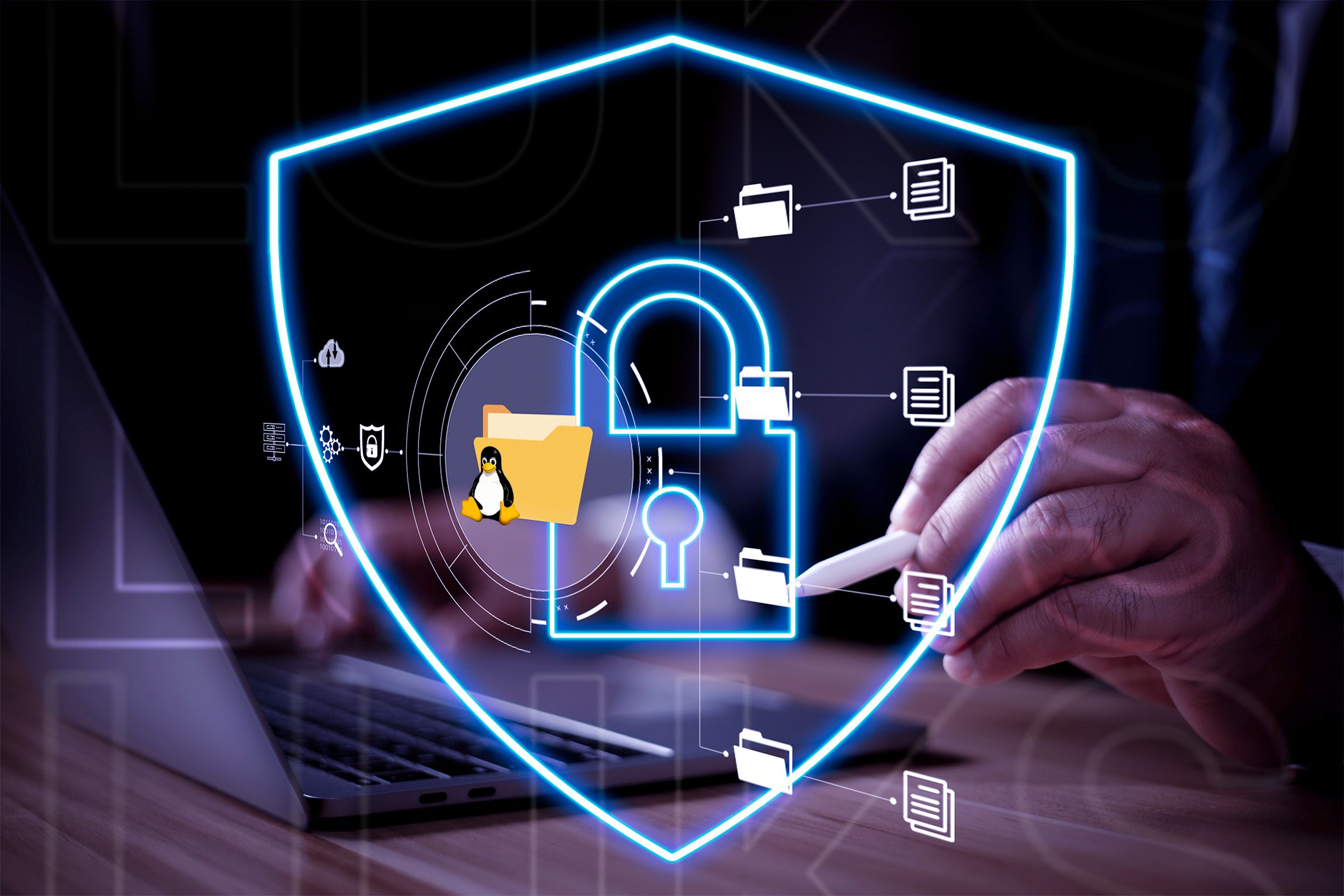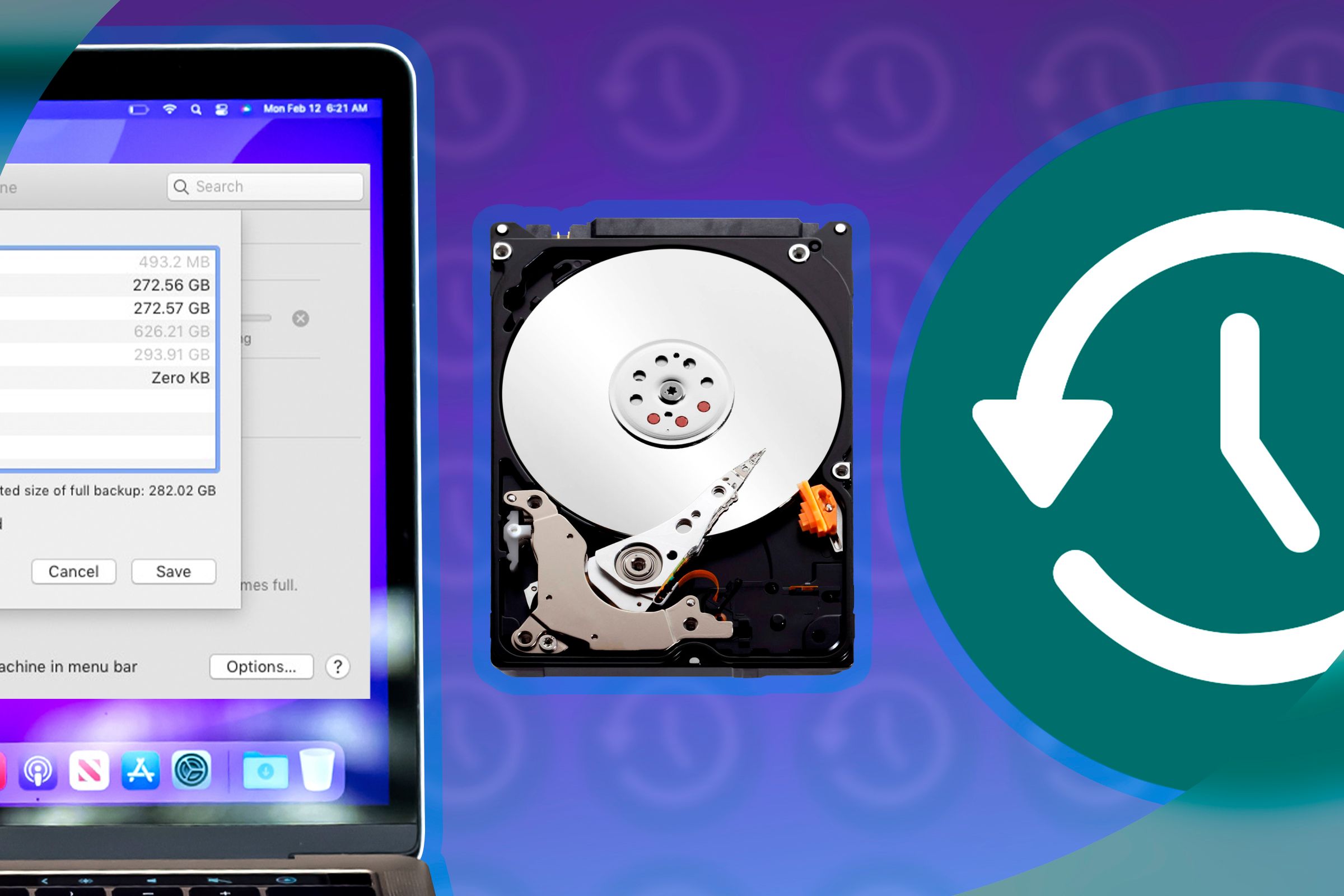
Installing software updates right after release can sometimes cause more issues than they solve. That’s why I typically wait a few days to a week before updating my devices. If you tend to install updates immediately, here are a few reasons to consider being more selective about when you update.
I Take Time to Adapt to the New Interface
New updates often bring changes to user interface elements. If I rush to install them, it disrupts my workflow, and I find myself frustrated trying to locate options that have been moved or altered. I patiently research the changes by watching tutorials and reading user feedback about key modifications to avoid this confusion.
This preparation helps me adjust more quickly to the new interface once I update since I’m already familiar with the changes. If you often feel blindsided by major interface changes after installing updates on your phone or laptop, try researching the modifications before updating your device. It’ll make the transition smoother.
I Wait to Check for Bugs and Glitches in the Update
Though rare, new software updates can sometimes come with bugs and glitches. If I jump in as an early adopter, I risk dealing with crashes, performance issues, and other frustrating problems. That’s why I usually wait and allow other users to test it first. I monitor official forums for a few days or weeks to check for widespread reports of issues.
If no major problems are reported within the first week, I feel confident installing the update, knowing it’s likely stable. However, if I see users experiencing technical issues, I hold off until the company releases a patched version that resolves those early bugs. This way, I avoid the hassle and benefit from a smoother update.
I Hold Out for Updates From the Developers of My Favorite Apps
There are third-party apps I use almost daily, and I can’t imagine a day without them. In the past, some operating system updates caused compatibility issues with some of these apps, and waiting weeks for developers to fix them was a nightmare. To avoid this disruption, I hold off on updating right away and wait for other users to report any compatibility issues.
If no issues are found, I install the update after some time. However, if problems arise, I wait for app developers to release updates that ensure smooth integration. This approach allows me to continue using my essential apps without interruptions while giving developers time to adapt to the changes in the operating system.
I Need to Be at Home to Install Update
Software updates, especially major ones, can be data-intensive, sometimes reaching several gigabytes. When you’re on a limited data plan, every MB counts. That’s why I avoid installing updates while away from home and relying on mobile data. Instead, I wait until I’m connected to my home Wi-Fi, which has no data caps.
If you’ve noticed your mobile data depleting unexpectedly while traveling, an automatic software update download could be the culprit. To prevent your device from automatically downloading updates, you should configure your device only to download updates over Wi-Fi. This will ensure that your data plan isn’t used up without you realizing it.
I Ensure My Device Is Compatible to Install New Updates
Older devices with outdated hardware eventually reach a point where they can no longer handle new software updates effectively. At that stage, either the manufacturer stops releasing updates for those devices or installing them causes performance slowdowns, rapid battery drain, and other frustrating problems.
I have a few older devices at home, and I don’t install new updates on them unless I’m certain they’re compatible and won’t cause any issues. Although my devices haven’t reached their breaking point yet, I wait for feedback from users with similar or comparable models before installing the update.
If you also own older devices and haven’t had problems so far, you should be cautious moving forward to prevent an update from ruining a device that works just fine right now.
I Ensure the Updates Pose No Security or Privacy Risks
While it doesn’t happen often, companies can change privacy settings or permissions in new updates or introduce features that could threaten my privacy and confidentiality. As someone who values data security, I always ensure there are no new privacy concerns or security loopholes before installing any updates.
I prefer to wait for independent security and privacy researchers to review the update and flag any changes to data collection policies. If no serious privacy issues are identified, I install the update after a week or so. However, I skip the update if user feedback reveals potential security risks or privacy concerns I’m uncomfortable with.
I Ensure Update Doesn’t Remove My Favorite Features
One of the key purposes of frequent updates is to introduce new features. However, updates can also remove or significantly alter existing features.
I rely on certain features in my operating system daily, and if they are removed or changed, it can disrupt my workflow. To avoid this, I check the release notes on the company’s official website and review user feedback to ensure that none of the features I regularly use have been removed or modified.
If a feature I depend on is altered or removed, I hold off installing the update, hoping the company will restore it in a future release. This allows me to continue using the older version without losing essential functionality. However, if the features I value remain intact and there are no major unwanted changes, I immediately install the update.
I Need to Test My Backup Before Installing Updates
Although it has never happened to me, updates can sometimes go wrong and potentially delete some data from your device. I’m always cautious about this possibility. That’s why I back up my data beforehand. If I already have a backup, I test it to ensure it’s fully functional and that all my critical files are safe before proceeding with the update.
If I’m away from home and unable to test the backup, I hold off installing the update. I only move forward once I’m certain that all my data is securely backed up and that I can restore it if anything goes wrong during the update process. This precaution gives me peace of mind when installing the update.
These are some reasons why I don’t install software updates immediately and instead choose to be selective. By following these tips, you can avoid update-related problems or the hassle of rolling back an update on Windows, Android, iOS, or other operating systems. Considering the potential issues it can save you from, waiting a bit before installing updates is worth it.
Source link





